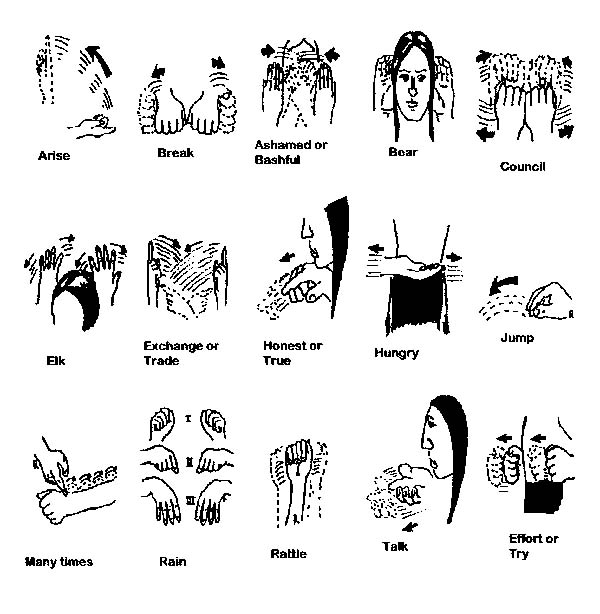Telecommunications History Group Resources
931 14th St. Historic Building
Smoke Signals - Local Communications History
Arapaho Indian Communication
It’s a very human characteristic to communicate through the use of gestures and signs. The plains tribes, including the Arapaho Indians who lived on the future building site, took this natural tendency to another level by developing a standardized system of signing. Arapaho chief Little Raven said, “I have met Comanches, Kiowas, Apaches, Caddos, Gros Ventres, Snakes, Crows, Pawnees, Osages, Arickarees, Nez Perces, Cherokees, Choctaws, Chickasaws, Sacs and Foxes, Pottawattomies, and other tribes whose vocal languages, like those of the tribes named, we did not understand, but we communicated freely in sign language.”
Sign language allowed communication over a certain distance, but one still needed to be fairly close to make out what was being communicated. There was also the problem of privacy. Because everyone understood the signs, there was always danger of being “overheard.”
Long before whites “invented” the Pony Express, native peoples of the Plains communicated through a series of messengers, first by foot and then, after the Spaniards introduced horses to the American continent, on horseback. This was a relatively slow means of communication, and the dangers to the messenger were many. One’s message might or might not reach its intended destination, and it would be a long time between responses.
A safer and quicker way to communicate over distance was with smoke signals and beacon fires. These did not consist of a standardized code like sign language. (Although there were some standard smoke signals: One puff meant “Attention”; two meant “All is well”; and three puffs of smoke, or three fires in a row, signified “danger, trouble, or need help!”) The intent was to transmit secret knowledge over distance, so most of the signals were devised privately and for a particular purpose. The signals were visible to all, so they had to be understood by the intended receiver, but not the enemy.
More information about Native American sign language can be found at: www.nps.gov/nepe/Education/Indian_Sign_Language.pdf
Also see Allen Tupper True Murals: Curtis Street Outer Lobby

